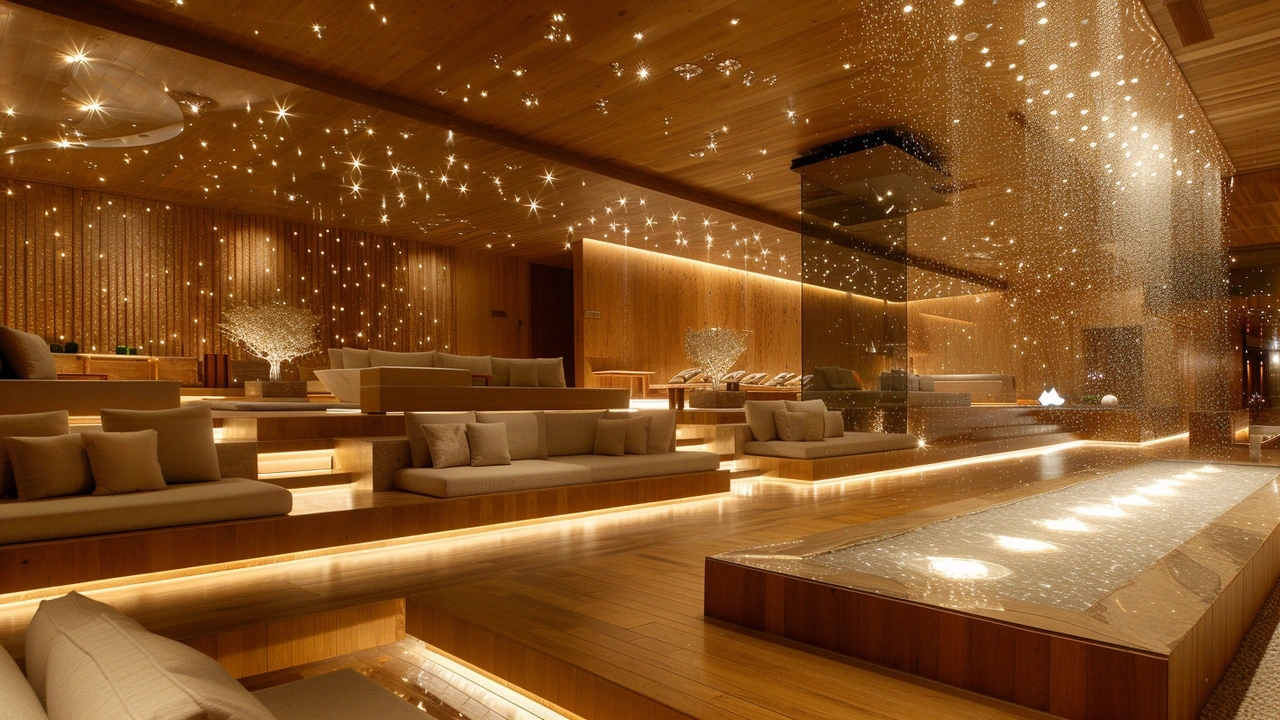Incorporation: Bringing Art Movements into Everyday Design
Want to use art ideas without copying a museum? Incorporation is the simple act of taking elements from art movements—like Bauhaus, Photorealism, or Fluxus—and making them work in a real room, product, or city plan. It's not about pasting a style on top of something; it's about choosing what matters and making it useful.
Think of incorporation like remixing a song. You keep the hook that moves people, drop what doesn’t fit, and add your own beat. For example, Bauhaus gives clean lines and function-first choices for furniture. Photorealism teaches attention to detail and light when you want realism in a mural or print.
Practical ways to incorporate art into your space
Start small: pick one clear element from a movement. Want Bauhaus vibes? Swap one ornate chair for a simple, functional piece and use a neutral palette with one bold color. Going for Baroque drama? Add a single ornate mirror or a heavy curtain—no need to redecorate the whole room. For urban design, land art ideas can become seating islands or green corridors that double as art and park space.
Use scale and placement. A tiny photorealistic print loses impact on a large blank wall, while a large abstract from Expressionism can anchor a living room. Mix eras carefully: pair a clean modern lamp with a classic carved table to balance old and new. If you’re decorating commercially, test one element in a small area before committing.
How artists and creatives adopt influences
Artists borrow techniques, not identities. Study the work—what materials, composition, or color rules make it work? Try a practice piece that applies one technique, like cubist fragmentation in layout or Fluxus-style performance elements in a pop-up show. For designers, incorporate rules (grid systems from De Stijl, function from Bauhaus) rather than copying visuals wholesale.
Mind the origin. Incorporation can cross into appropriation when cultural context is ignored. If you borrow imagery tied to a culture or movement like Primitivism or the Harlem Renaissance, learn the history, credit sources, and consider collaboration with community artists when possible.
Finally, test and refine. Incorporation works best when you measure reactions—does the change improve how people use the space or feel about the object? Small experiments, honest feedback, and tweaks keep ideas practical and relevant.
If you want examples, check posts on Bauhaus design, Avant-Garde home decor, Land Art in cities, and Photorealism techniques. Those pieces show real cases of how artists and designers take an idea and turn it into something people live with every day.

